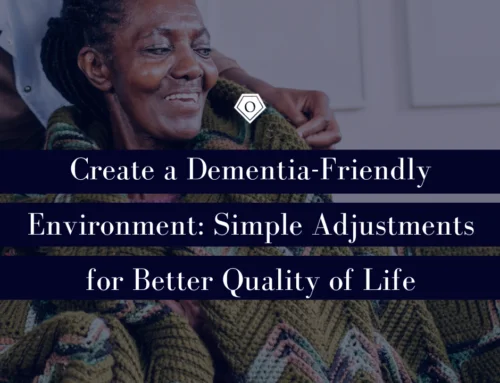Sixteen million Americans suffer from diagnosed COPD, with millions more likely suffering from the effects but undiagnosed and untreated.
If your loved one suffers from breathing challenges, they could have COPD (Chronic Obstructive Pulmonary Disease). COPD is not just one disease but an identifier for a group of diseases that cause breathing-related problems, including the more commonly known emphysema and chronic bronchitis.
In the past, COPD was thought of as primarily a men’s disease. This is because it affected smokers and people in jobs where large amounts of fumes, dust or chemicals were inhaled, during a time when fewer women were in the workforce. With more women than men now getting COPD, this is no longer the case. In 2017, COPD became the third leading cause of death for women. If your loved one is having trouble breathing and you have not addressed this with their doctor, now is the time.
In the United States, the leading cause of COPD is tobacco smoke. However, exposure to other air pollutants, genetics, and recurring respiratory infections can also play a part. While there might be a genetic component that might make you more likely to get it, it is not contagious.
Because there are so many variations in the diseases that manifest as COPD, there is no single test for it. There is also no cure, only treatment. Based on symptoms, your doctor will determine a course of treatment. Your medical team may include a pulmonologist and physical and respiratory therapists who will work toward treatments that work best for your loved one.
Why Do More Women Than Men Suffer from COPD?
- In the 1960s, cigarette ads targeted women
- Women’s lungs are smaller and estrogen can play a role in worsening lung disease
- Because it was previously more of a men’s disease, doctors still often misdiagnose or under- diagnose womenIf you feel your female loved one has been misdiagnosed, advocate for the doctors to take a second look. Early diagnosis and treatment is key.

If your loved one is a smoker, they will need to quit to either ward off or manage existing COPD more effectively.
COVID-19 & COPD
People with COPD are not considered to be at a higher risk of COVID-19. They are, however, at a higher risk of having complications and poorer outcomes should they contract the virus. As with any at-risk community, please follow all guidelines for maximum protection.
What are symptoms of COPD?
Symptoms are often mild at first, leading people to brush them off. There can be some intermittent coughing or shortness of breath. However, the symptoms will progressively worsen and become harder to ignore. It is time to see the doctor when you see one or more of the following symptoms:
- Shortness of breath, after even mild exercise such as walking up a flight of stairs
- Wheezing
- Chest tightness
- Chronic cough, with or without mucus
- Need to clear mucus from the lungs every day
- Frequent colds, flu, or other respiratory infections
- Lack of energy
- Swelling of the feet or ankles
- Unexplainable weight loss
How do you treat COPD?
While COPD is incurable, it can be treated and managed with great success. Some of the things that a physician may suggest include:
- Quitting smoking
- Avoiding secondhand smoke and other pollutants
- Plenty of fluids
- Nutritional supplements and eating habits to boost overall health
- A monitored exercise program
- Pulmonary rehabilitation
- Medication, which might include daily and emergency inhalers
- An annual flu and pneumonia vaccine
- Quick intervention in the case of flu or other respiratory infections
- Supplemental oxygen






